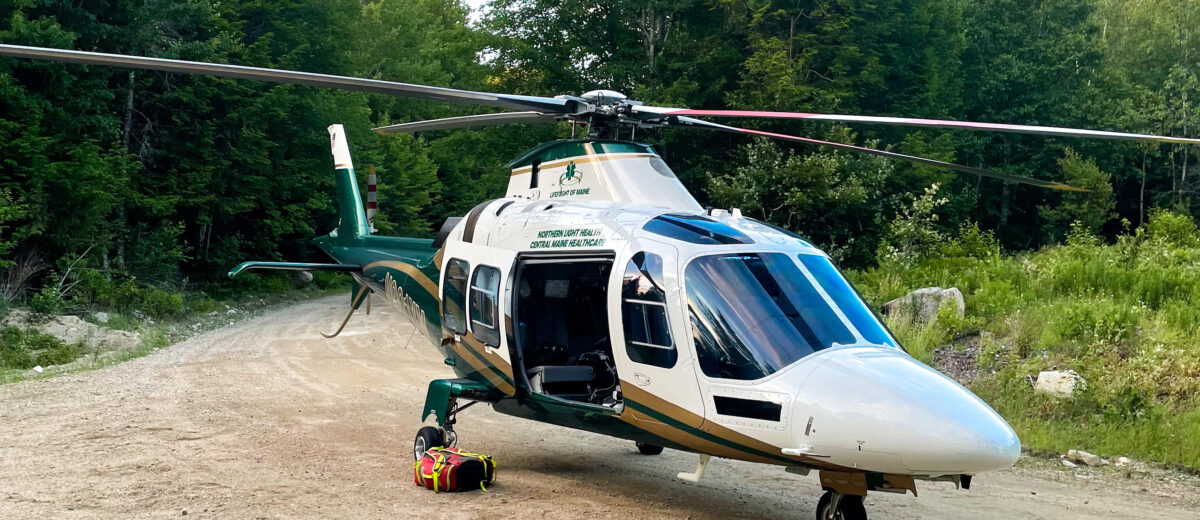A Good Plan and a Strong System Drives Performance
If geography is destiny, must it be determinative of healthcare outcomes? Our role, as much as anything, is to mitigate the adverse influence of geography on patient survival. Or, to put a variation on the Maine phrase: “You can’t get there from here, but when you must, we can.”
– Norm Dinerman, MD, Medical Director, LifeFlight of Maine
From its inception, LifeFlight of Maine has been committed to a “systems approach” to delivering high-quality emergency medical care and transport. This was both a philosophical and a practical commitment that has influenced every aspect of the organization.
The idea is that Maine needs an emergency medical system designed to provide fast, reliable, and exceptional care safely across a vast rural area. Patients facing critical illness or injury deserve a highly capable team of clinicians, aviators, and EMS professionals who respond quickly and effectively. Those professionals should operate in a system that equips them with the training and tools necessary to perform at their best — aircraft, ambulances, infrastructure, equipment, professional development and education, colleagues, and leadership.
Twenty-six years later, LifeFlight remains as committed as ever to its systems approach to delivering the highest quality critical care and medical transport. Its aircraft and medical equipment undergo regular maintenance and upgrades. Training for LifeFlight clinicians is as robust and rigorous as it has ever been. LifeFlight has expanded its education programs to EMS colleagues at other agencies and in hospitals, as well as by growing its staff of educators and increasing the number of trainings offered. Medevac infrastructure throughout the state continues to broaden and improve, and the constellation of pre-determined emergency landing areas (PELAs) that LifeFlight has plotted in its database is the subject of renewed focus and considerable interest.
In 2024, LifeFlight hired Bill Yates, an advanced EMT, ski patroller, and former communication specialist for LifeFlight, to lead a renewed push to establish more PELAs across Maine as part of the LifeFlight Access Program. The project is one part data analysis and one part relationship- building.
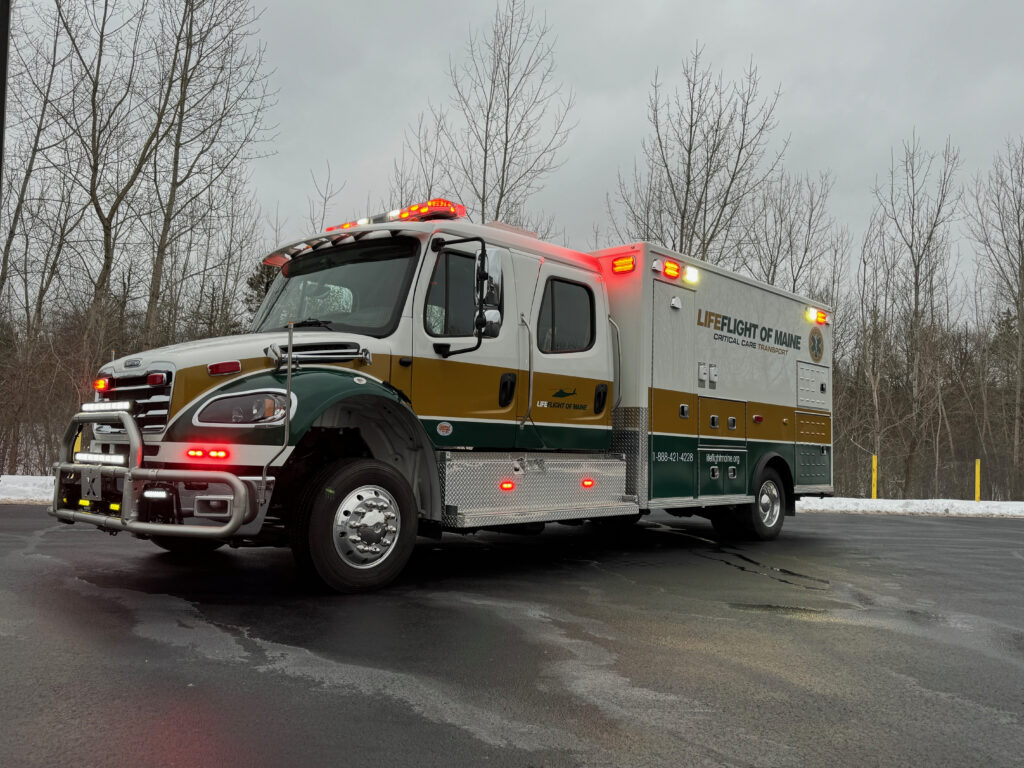
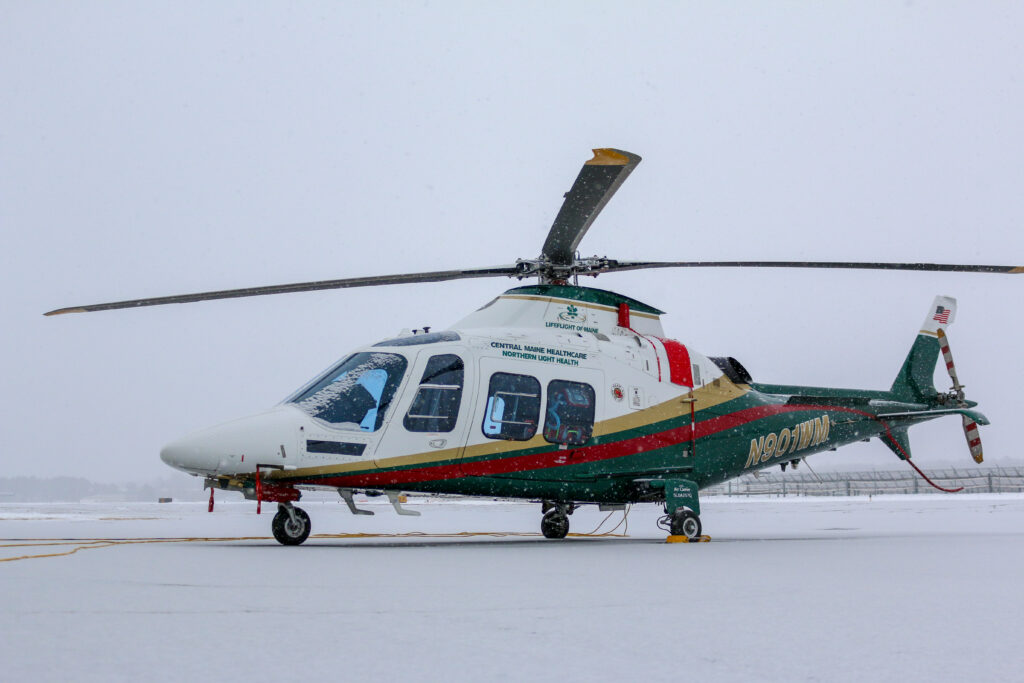
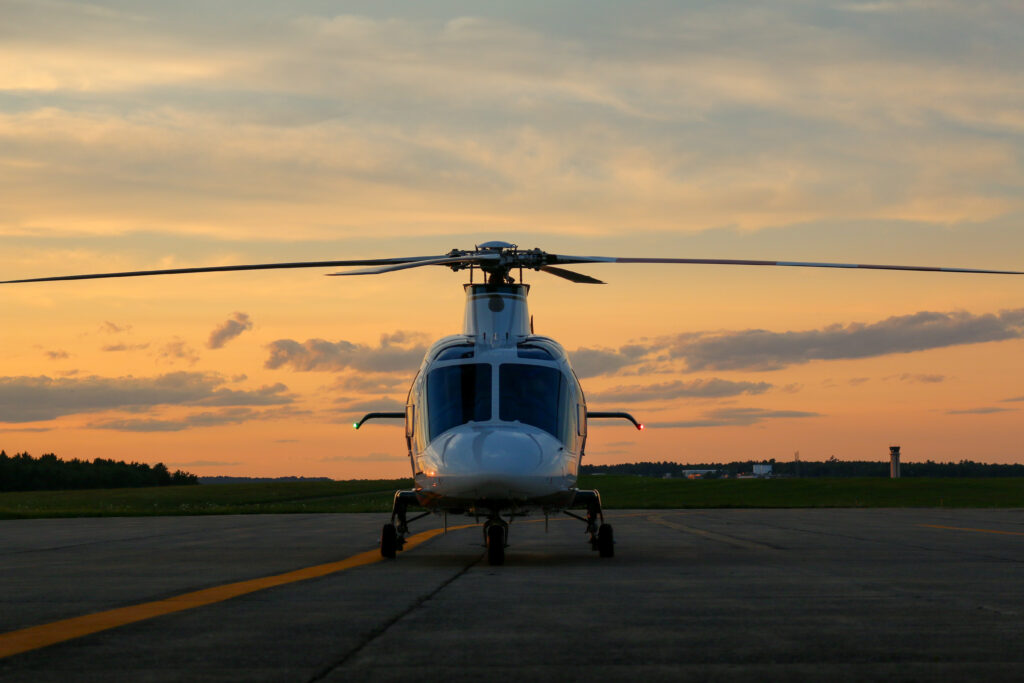
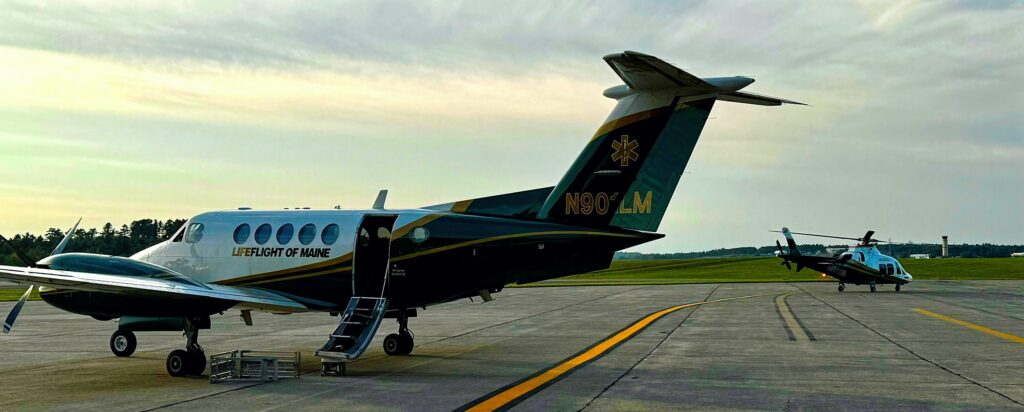
LifeFlight has coordinates for more than 1,500 PELAs in its database. Many are well maintained, well marked, and well known by local dispatchers for EMS and first responders. Thankfully, many have never been needed.
Bill is reviewing each one of those PELAs recorded in the database to make sure they are being maintained and that local services know how to find them. To have a high-performing medevac operation requires a system built for success, and Bill, step by step, is making sure the system for helicopter EMS response across the State of Maine is built solidly from the ground up.
Having PELAs plotted on a map in every Maine community is critical, but so is having an EMS system that can utilize these healthcare access points easily in a high-stress situation in which dozens of life or death decisions must be made in quick succession. Safety is paramount. The system built by LifeFlight holds safety as the highest priority. When safety is compromised, patient care is also compromised. “By improving the data,” Bill says, “we’re improving safety.”
Training and coordination play a critical role in keeping everyone safe. The LifeFlight team is working to expand its relationships with EMS providers and first responders, training its colleagues on the ground to know when and how to activate LifeFlight for a patient in a dire situation, how to identify the nearest PELA or suitable landing zone, how to secure that landing area, and how to keep themselves, the patient, and the LifeFlight team safe in the process.
Ultimately, it is people who make up the system — people who answer the phone when you dial 911, people who respond as quickly as they can, and people who do everything in their power to save a life. Getting all those people on the same page, expertly trained and adequately prepared, can make all the difference.
“We’re doing more training,” Bill says. “Our operations are going to be safer, because we have done more training. Patients will receive better care because we’ve done more training. The idea is that the more we do this, the more people will be trained to think and work together, and that benefits everyone.”
“People are out recreating, using chain saws, hunting, exploring,” said Tom Doak, Executive Director of Maine Woodland Owners, who understands life in the more rural parts of Maine as well as anyone. The organization Tom leads supports and serves the needs of Maine’s 86,000 woodland owners. A third-generation woodland owner himself, Tom has spent considerable time in places far from a major hospital. “We need to make sure that our members have access to care, just like someone in a more populated area,” he says.
It is for people like Tom, and the families and communities his organization represents, that LifeFlight is making such a renewed investment in healthcare access. The system LifeFlight has built over the years is designed to provide the best care possible by delivering highly skilled clinicians directly to the point of need. It is this system that LifeFlight continues to build, refine, and improve, because every person in Maine, regardless of where they are or where they live, deserves access to the care they need, when they need it.
